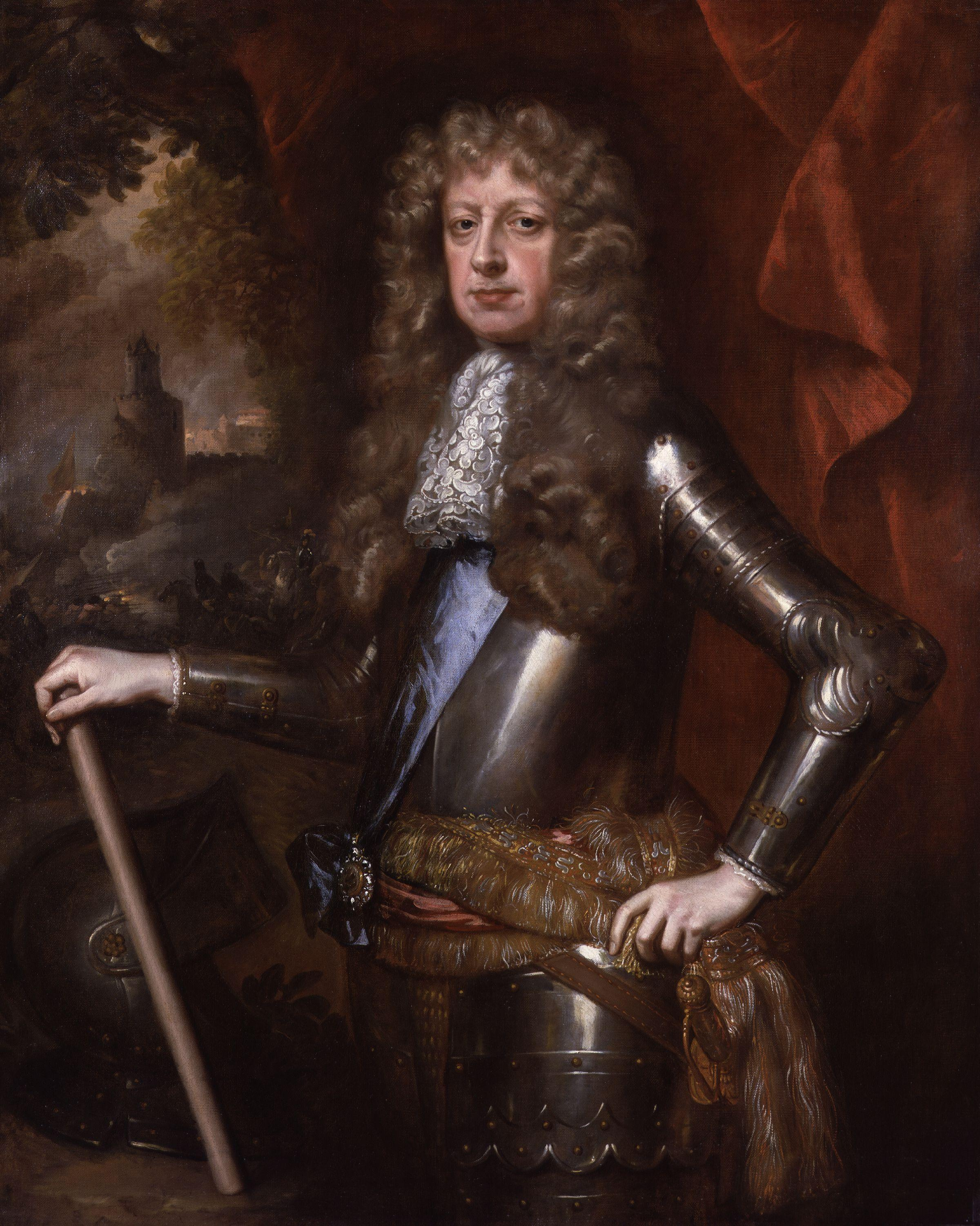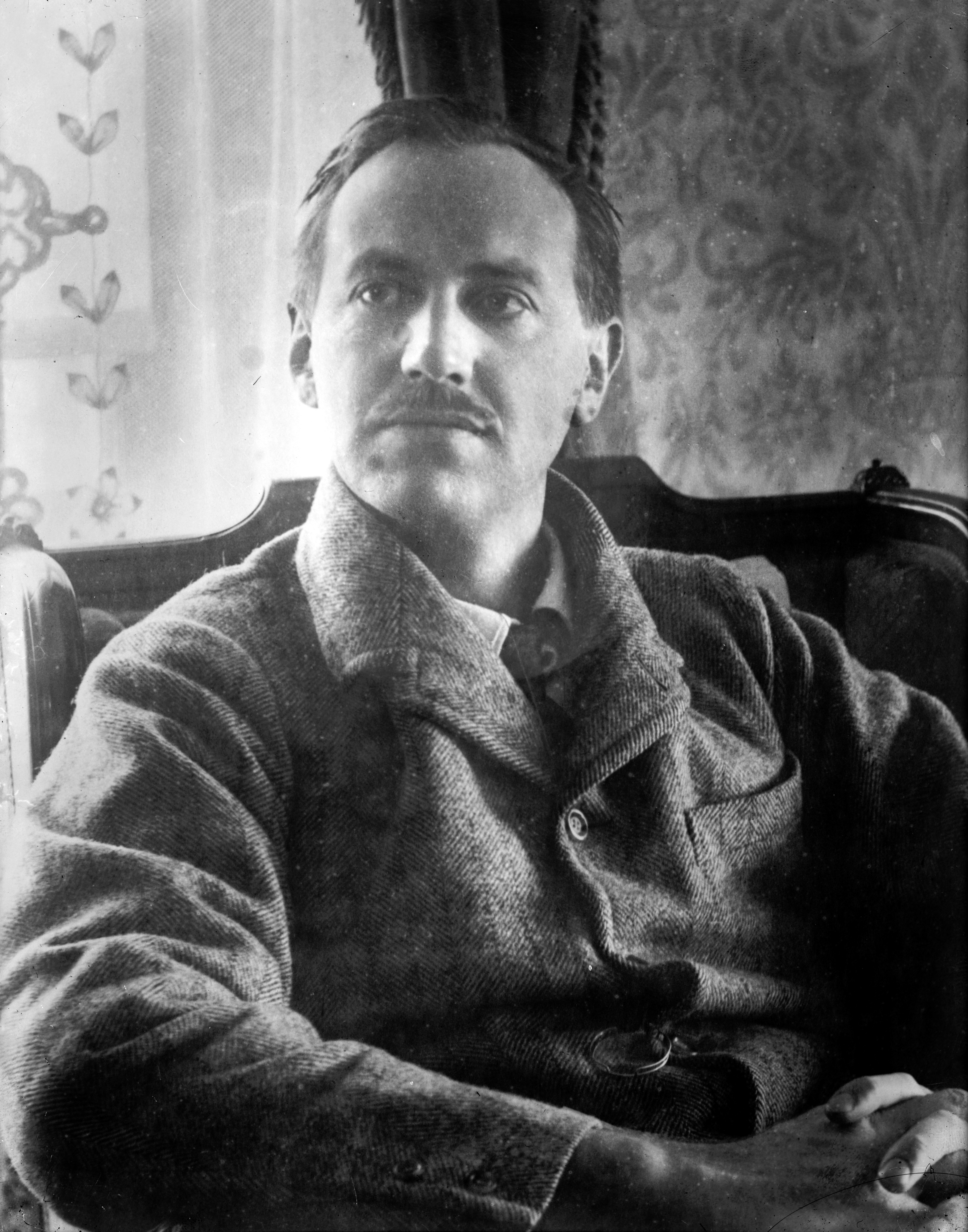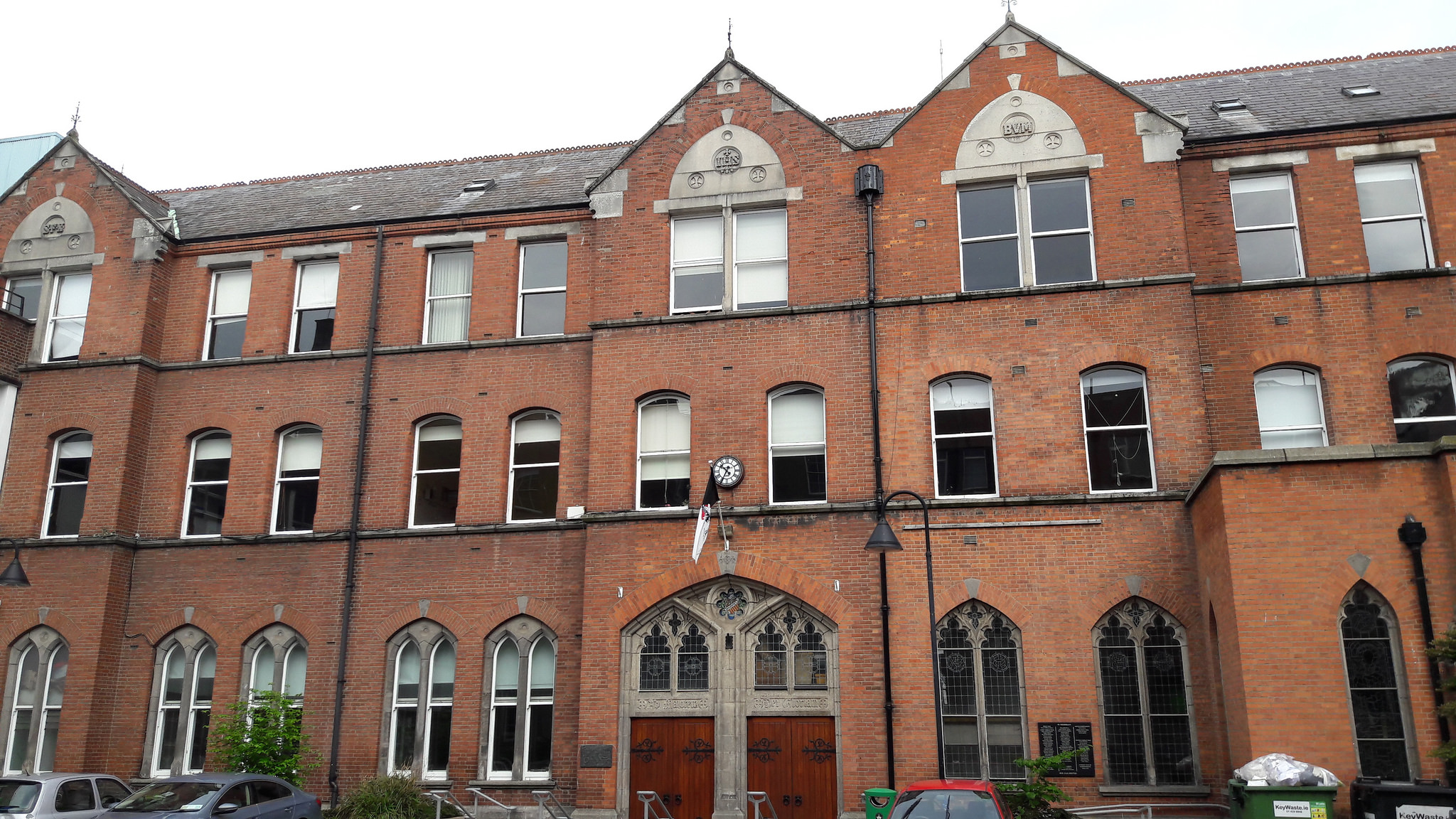|
Castlemartin House And Estate
Castlemartin is the name of a historic house and estate, and the townland in which they sit, on the banks of the River Liffey in Kilcullen, County Kildare, Ireland. Formerly a key estate of the Eustace family, it was for many years the home of media magnate Tony O'Reilly,New York City: The New York Times, "Tony O'Reilly Astride Two Worlds; In Ireland, Publisher and Prospector", Steve Lohr, 8 May 1988. and his wife, Chryss Goulandris, but was bought in 2015 by John Malone, an Irish American. The estate includes major stud farm and cattle breeding operations, a restored medieval church and an icehouse. Location and access The estate lies immediately adjacent to the town, to the west, and largely west of the River Liffey, though a small part of the land has for centuries lain east of the river, above Kilcullen Heritage Centre and town hall / theatre / cinema. Accesses to the main body of the estate, secured with gates and cameras, are from the Newbridge Road, on the approach ... [...More Info...] [...Related Items...] OR: [Wikipedia] [Google] [Baidu] |
Georgian Architecture
Georgian architecture is the name given in most English-speaking countries to the set of architectural styles current between 1714 and 1830. It is named after the first four British monarchs of the House of Hanover—George I, George II, George III, and George IV—who reigned in continuous succession from August 1714 to June 1830. The so-called great Georgian cities of the British Isles were Edinburgh, Bath, pre-independence Dublin, and London, and to a lesser extent York and Bristol. The style was revived in the late 19th century in the United States as Colonial Revival architecture and in the early 20th century in Great Britain as Neo-Georgian architecture; in both it is also called Georgian Revival architecture. In the United States the term "Georgian" is generally used to describe all buildings from the period, regardless of style; in Britain it is generally restricted to buildings that are "architectural in intention", and have stylistic characteristics that are typical o ... [...More Info...] [...Related Items...] OR: [Wikipedia] [Google] [Baidu] |
Kilcullen Castlemartin Estate Grand Gate BW PD
Kilcullen (), formally Kilcullen Bridge, is a small town on the River Liffey in County Kildare, Ireland. Its population of 3,473 at the 2011 census made it the 12th largest settlement in County Kildare and the fastest growing in the county, having doubled in population from 1,483 in the census of 2002. By 2016, the population had risen to 3,710. It is situated primarily in the Barony of Kilcullen (in the Civil Parish of Kilcullen), with part in the Barony of Naas South (Civil Parish of Carnalway), and subsidiary areas include Logstown, Harristown, Carnalway and Brannockstown, Gilltown, Nicholastown, and Castlemartin. Kilcullen Bridge replaced the original settlement of Kilcullen, now Old Kilcullen, in the centuries following the building of the great bridge at the future site of the town. Other local historical features include Dun Ailinne, New Abbey and Castlemartin, for many years the home of media magnate Tony O'Reilly and his wife, horse-breeding shipping heiress Chryss ... [...More Info...] [...Related Items...] OR: [Wikipedia] [Google] [Baidu] |
Restoration (Ireland)
The Restoration of the monarchy began in 1660. The Commonwealth of England, Scotland and Ireland (1649–60) resulted from the Wars of the Three Kingdoms but collapsed in 1659. Politicians such as General Monck tried to ensure a peaceful transition of government from the "Commonwealth" republic back to monarchy. From 1 May 1660 the English, Scottish and Irish monarchies were all restored under King Charles II. The term ''Restoration'' may apply both to the actual event by which the monarchy was restored, and to the period immediately before and after the event. End of the republic With the collapse of The Protectorate in England during May 1659 the republic which had been forced upon Ireland by Oliver Cromwell quickly began to unravel. Royalists planned an uprising in Ireland and sought to turn Henry Cromwell and Lord Broghill (who was in contact with the King's court in the summer of 1659) towards the cause but the plan came to naught. Henry Cromwell left Ireland in Jun ... [...More Info...] [...Related Items...] OR: [Wikipedia] [Google] [Baidu] |
Lord Chancellor Of Ireland
The Lord High Chancellor of Ireland (commonly known as Lord Chancellor of Ireland) was the highest judicial office in Ireland until the establishment of the Irish Free State in 1922. From 1721 to 1801, it was also the highest political office of the Irish Parliament: the Chancellor was Speaker of the Irish House of Lords. The Lord Chancellor was also Lord Keeper of the Great Seal of Ireland. In all three respects, the office mirrored the Lord High Chancellor of Great Britain. Origins There is a good deal of confusion as to precisely when the office originated. Until the reign of Henry III of England, it is doubtful if the offices of Irish and English Chancellor were distinct. Only in 1232 is there a clear reference to a separate Court of Chancery (Ireland). Early Irish Lord Chancellors, beginning with Stephen Ridell in 1186, were simply the English Chancellor acting through a Deputy. In about 1244 the decision was taken that there must be separate holders of the office in England ... [...More Info...] [...Related Items...] OR: [Wikipedia] [Google] [Baidu] |
Sir Maurice Eustace
Sir Maurice Eustace (c. 1590 – 22 June 1665) was an Irish landowner, politician, barrister and judge of the seventeenth century who spent the last years of his career as Lord Chancellor of Ireland. This was an office for which he felt himself to be entirely unfit, and in which he was universally agreed to be a failure. Family background Eustace was born in about 1590, at Castlemartin, County Kildare, eldest of the three sons of John FitzWilliam Eustace, Constable of Naas (died 1623). Little is known of his mother, whose name is thought to be Catherine d'Arcy. Of his sisters, one, whose name is variously given as Elizabeth or Elinor, married Edmund Keating and had two sons, Oliver and John Keating, Chief Justice of the Irish Common Pleas, while another, Alice, married Robert Cusack of Rathgar Castle, but was apparently not the mother of his son Adam Cusack. The Eustaces of Castlemartin were a branch of the prominent "Old English" FitzEustace family who held the title Viscount ... [...More Info...] [...Related Items...] OR: [Wikipedia] [Google] [Baidu] |
Thomas Lee (army Captain)
Thomas Lee (1551/2 – 14 February 1601) was an English army captain, who served under Queen Elizabeth I and spent most of his career in Ireland during the Tudor conquest of that country. Although of middle rank, he played a turbulent role in the factional politics of the time and was highly active during the Nine Years' War (1595–1603). He was put to death at Tyburn for his involvement in the treason of the 2nd Earl of Essex. Early life Thomas Lee was the grandson of Robert Lee (d.1539) by his second wife, Lettice Peniston, widow of Sir Robert Knollys, and daughter of Thomas Peniston of Hawridge, Buckinghamshire. His parents were Benedict Lee (d. February 1559) and Margaret Pakington, the daughter of Robert Pakington. By his first wife, Robert Lee was the father of Sir Anthony Lee, and Thomas Lee was thus a cousin of the half blood of Sir Anthony Lee's eldest son and heir, the courtier Sir Henry Lee, Queen Elizabeth's champion. Career Lee eventually became attache ... [...More Info...] [...Related Items...] OR: [Wikipedia] [Google] [Baidu] |
Baron Of Dunsany
The title Baron of Dunsany or, more commonly, Lord Dunsany, is one of the oldest dignities in the Peerage of Ireland, one of just a handful of 13th- to 15th-century titles still extant, having had 21 holders, of the Plunkett name, to date. Other surviving medieval baronies include Kerry now held by the Marquess of Lansdowne, Kingsale, Trimlestown, Baron Louth and Dunboyne. History The first Baron of Dunsany was Sir Christopher Plunkett, second son of Christopher Plunkett, 1st Baron Killeen. The elder Christopher married Joan Cusack, heiress of Killeen and Dunsany, and passed Killeen to his eldest son and Dunsany to the second. The date at which Christopher Plunkett became a peer, and a hereditary member of the Irish Parliament, is uncertain; according to Cokayne's ''Complete Peerage'', there is no record of a Dunsany as a peer before 1489, and the creation may well have been as late as 1462, the year Sir Christopher died. On the other hand, Debrett's listed the date of cre ... [...More Info...] [...Related Items...] OR: [Wikipedia] [Google] [Baidu] |
Malahide
Malahide ( ; ) is an affluent coastal settlement in Fingal, County Dublin, Ireland, situated north of Dublin city. It has a village centre surrounded by suburban housing estates, with a population of over 17,000. Malahide Castle dates from the 12th century and is surrounded by a large park, part of which incorporates an international cricket ground. The area also features a sandy beach, a marina, and a variety of sporting clubs. Etymology The modern name Malahide comes from "Mullach Íde", possibly meaning "the hill of Íde" or "Íde's sand-hill"; it could also mean "Sand-hills of the Hydes" (from Mullac h-Íde), in turn probably referring to a Norman family from the Donabate area. According to the Placenames Database of Ireland the name Malahide is possibly derived from the Irish "Baile Átha Thíd" meaning "the town of the ford of Thíd", which may have been a ford at the mouth of the Gaybrook Stream, on the road to Swords. Malahide Bay was anciently called ''Inber Domnann'' ... [...More Info...] [...Related Items...] OR: [Wikipedia] [Google] [Baidu] |
Old English (Ireland)
From the 12th century onwards, a group of Normans Norman invasion of Ireland, invaded and settled in Gaelic Ireland. These settlers later became known as Norman Irish or Hiberno-Normans. They originated mainly among Cambro-Normans, Cambro-Norman families in Wales and Anglo-Normans from England, who were loyal to the Kingdom of England, and the English state supported their claims to territory in the various realms then comprising Ireland. During the High Middle Ages and Late Middle Ages the Hiberno-Normans constituted a feudal aristocracy and merchant oligarchy, known as the Lordship of Ireland. In Ireland, the Normans were also closely associated with the Gregorian Reform of the Catholic Church in Ireland. Over time the descendants of the 12th-century Norman settlers spread throughout Ireland and around the world, as part of the Irish diaspora; they ceased, in most cases, to identify as Norman, Cambro-Norman or Anglo-Norman. The dominance of the Norman Irish declined during th ... [...More Info...] [...Related Items...] OR: [Wikipedia] [Google] [Baidu] |
Ballymore Eustace
Ballymore Eustace () is a small town situated in County Kildare in Ireland, although until 1836 it lay within an exclave (a detached "pocket") of County Dublin. It lies close to the border with County Wicklow. The town's name, which is frequently shortened to "Ballymore" in everyday usage, derives from the Irish ''An Baile Mór'' ("the big town") with the addition – to distinguish it from several other Ballymores in Ireland – of the family name (Fitz)Eustace. A fuller version of the town's official name in Irish is ''Baile Mór na nIústasach'' ("big town of the Eustaces"). Prior to the Norman invasion the area was known as Críoch Ua Cormaic. Location and access Ballymore Eustace is located at the junction of the R411 and R413 regional roads, on the River Liffey, over which the R411 is carried by a relatively rare seven-arch bridge. It had a population of 872 at the 2011 census. The town is served by Dublin Bus, with route number 65 running four times daily (Monday- ... [...More Info...] [...Related Items...] OR: [Wikipedia] [Google] [Baidu] |
Barretstown Castle
Barretstown Castle is a castle in Ballymore Eustace, County Kildare, Ireland. It stands on the site of a late 12th century Anglo-Norman castle. It now hosts the Barretstown camp for sick children. History Early history The first historical mention of the place is in a 1547 inquisition held after the Dissolution of the Monasteries, when Barretstown Castle was listed as the property of the Archbishop of Dublin, from whom it was promptly confiscated by the Crown. Thereafter the Castle was held by the Eustace family on a series of "permanent leases." In the 17th century Sir Walter Borrowes married a daughter of the earl of Kildare and acquired the estate, and the family retained possession for over 200 years. Members of the family, such as Sir Kildare Borrowes, 5th Baronet, represented County Kildare and Harristown in the former Parliament of Ireland. Unlike the Eustace baronets of the 16th and 17th centuries, the five Borrowes baronets who spanned the 19th century played no p ... [...More Info...] [...Related Items...] OR: [Wikipedia] [Google] [Baidu] |
Belvedere College
Belvedere College S.J. (sometimes St Francis Xavier's College) is a voluntary secondary school for boys in Dublin, Ireland. The school has numerous alumni in the arts, politics, sports, science, and business. History Belvedere owes its origins to the efforts of John Austin who opened primary and secondary schools off Fishamble Street in 1750. The Society of Jesus has been active in the area around Hardwicke Street since 1790. They founded St Francis Xavier's College in the disused Poor Clare convent on Hardwicke Street with nine students in 1832, three years after Catholic emancipation. In 1841, the Jesuits purchased Belvedere House on neighbouring Great Denmark Street, which gave the school its name. George Augustus Rochfort (1738–1814), who became the second Earl of Belvedere in 1774, built Belvedere House, whose interior decoration was carried out by Michael Stapleton, a leading stucco craftsman of his time. Belvedere was caught up in the events of the 1916 Rising, w ... [...More Info...] [...Related Items...] OR: [Wikipedia] [Google] [Baidu] |







